
Peugeot 308 Hatchback review
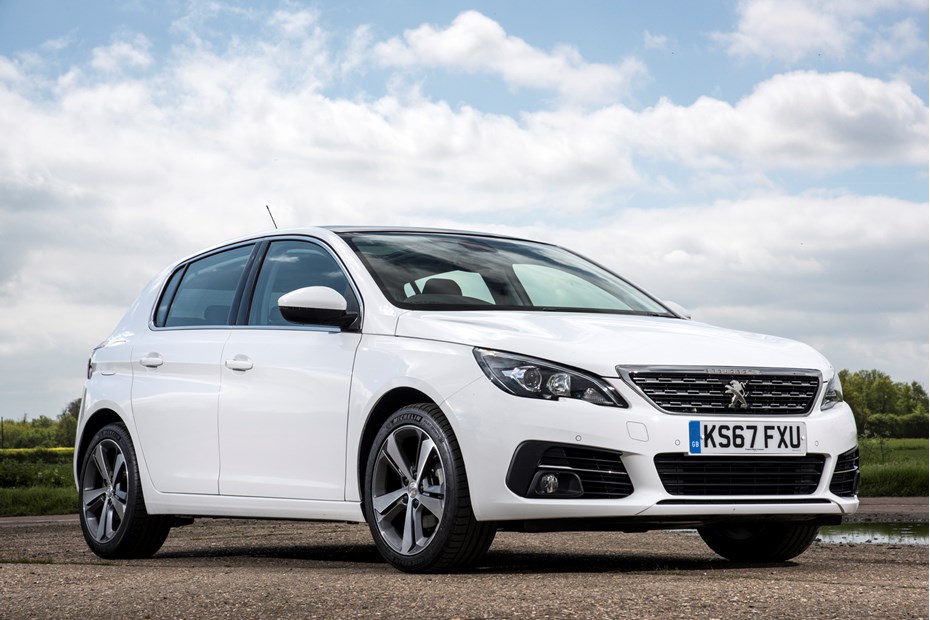
At a glance
| Price new | £16,095 - £31,755 |
|---|---|
| Used prices | £2,025 - £20,287 |
| Road tax cost | £0 - £190 |
| Insurance group | 9 - 36 |
Get an insurance quote with

|
|
| Fuel economy | 36.9 - 65.6 mpg |
| Range | 466 - 1026 miles |
| Miles per pound | 5.4 - 8.4 |
| View full specs for a specific version | |
Available fuel types
Petrol
Diesel
Pros & cons
- Good looking modern hatch
- Refreshingly simple-looking interior
- Largest boot in the class
- Excellent running costs
- Intense competition
- Frustrating touchscreen
- No hybrid or electric version
- Cramped rear seat space
Peugeot 308 Hatchback (14-21) rivals
Overview
The Peugeot 308 was a smartly-styled five-door family hatchback offering a vast range of frugal engines – be it PureTech petrol or BlueHDi diesel – a good drive and a modern interior to make it as competitive as possible with a huge number of rivals.
The problem with that is, with so many talented rivals, it was difficult to cut through into this market. For instance, the Ford Focus and Volkswagen Golf to the Hyundai i30, Kia Ceed, SEAT Leon, Vauxhall Astra and Renault Megane are highly-appealing hatchbacks, all of which are well rated by Parkers. So, how does Peugeot stand out against this lot?
Then, once you throw in similarly-priced family SUVs such as the Nissan Qashqai, Renault Kadjar and Skoda Karoq, not to mention some in-house threats from the 2008 and 3008 crossovers and it gets very difficult for the 308.
Running costs are kept low thanks to frugal and low-emission diesel and petrol engines, with the 1.2-litre PureTech petrol and 1.5-litre BlueHDi diesels particularly kind to wallets. The PureTech line-up consists of 110hp and 130hp versions of the 1.2-litre.
The diesel range is made up of 100hp and 130hp versions of the 1.5-litre BlueHDi, along with a 2.0-litre BlueHDi 180.
The range includes five trim levels: Active, Allure, Tech Edition, GT Line (replacing the earlier Feline), GT and GTi. The GTi has been available in several power outputs during its life – starting off with 250hp and 270hp versions, whereas now there’s one with 262hp from its 1.6-litre turbocharged petrol engine.
The French manufacturer is back in business when it comes to hot hatches – not only is the smaller 208 GTi a well-regarded small hot hatchback, the larger 308 GTi impresses too. It was given a tweak in 2017, receiving a new bonnet, grille and headlights, but the mechanicals remain unchanged.
Which is no bad thing. It comes with a punchy 262hp engine – the 250hp version initially sold alongside it was dropped in 2017 – as well as better brakes and a mechanical limited-slip differential to help meter out that power hike. Externally the 308 GTi benefits from subtle styling cues rather than an outlandish bodykit and a touring car-spec spoiler, so you can enjoy all that performance with a grown-up image. You can have the Coupe-Franche two-paint finish as pictured above though, to help stand out a little more.
We also lived with one, which you can read about in our long-term test, and see how it fared in a group test against the Hyundai i30 N and outgoing VW Golf GTI.
Click through the next few pages to read everything you need to know about the Peugeot 308 including its practicality, comfort, how much it costs to run, what it’s like to drive – and whether we recommend buying one.



.jpg)
















.jpg)
.jpg)
.jpg)
.jpg)
.jpg)
.jpg)
.jpg)
.jpg)
.jpg)
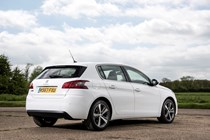








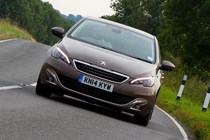



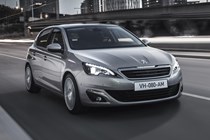
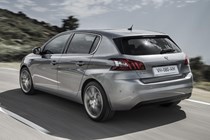
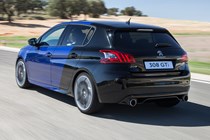



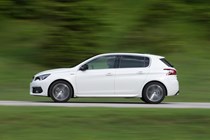


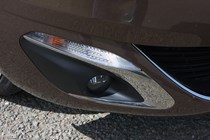
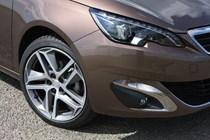
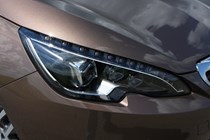

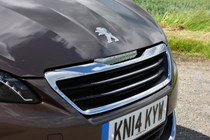
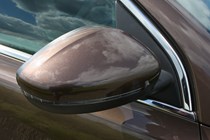


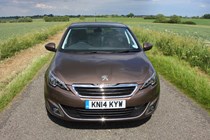
.jpg)
.jpg)
.jpg)
.jpg)
.jpg)
.jpg)
.jpg)
.jpg)
.jpg)
.jpg)
.jpg)
.jpg)

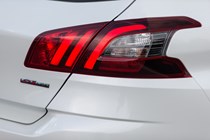
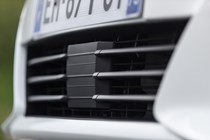


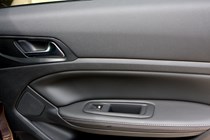
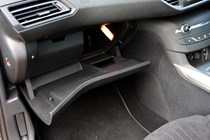

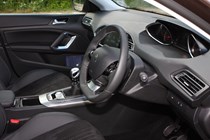
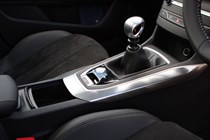



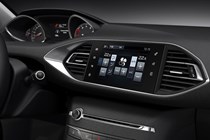
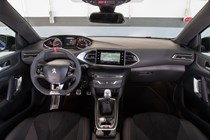
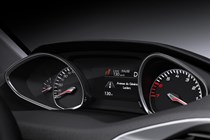

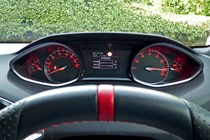

.jpg)
.jpg)
.jpg)
.jpg)
.jpg)
.jpg)
.jpg)
.jpg)
.jpg)
.jpg)
.jpg)
.jpg)
.jpg)
.jpg)
.jpg)
.jpg)
.jpg)
.jpg)
.jpg)
.jpg)
.jpg)
.jpg)
.jpg)
.jpg)
.jpg)
.jpg)
.jpg)
.jpg)
.jpg)



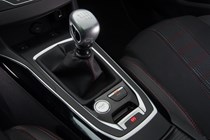
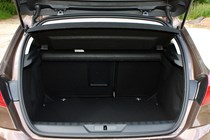
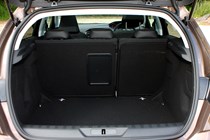

.jpg)
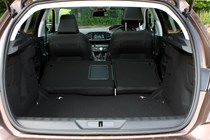
.jpg)
.jpg)
.jpg)
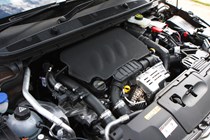
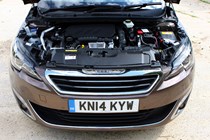
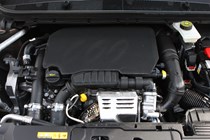
.jpg)
.jpg)
.jpg)




.jpg?quality=50)
















.jpg?quality=50)
.jpg?quality=50)
.jpg?quality=50)
.jpg?quality=50)
.jpg?quality=50)
.jpg?quality=50)
.jpg?quality=50)
.jpg?quality=50)
.jpg?quality=50)































.jpg?quality=50)
.jpg?quality=50)
.jpg?quality=50)
.jpg?quality=50)
.jpg?quality=50)
.jpg?quality=50)
.jpg?quality=50)
.jpg?quality=50)
.jpg?quality=50)
.jpg?quality=50)
.jpg?quality=50)
.jpg?quality=50)



















.jpg?quality=50)
.jpg?quality=50)
.jpg?quality=50)
.jpg?quality=50)
.jpg?quality=50)
.jpg?quality=50)
.jpg?quality=50)
.jpg?quality=50)
.jpg?quality=50)
.jpg?quality=50)
.jpg?quality=50)
.jpg?quality=50)
.jpg?quality=50)
.jpg?quality=50)
.jpg?quality=50)
.jpg?quality=50)
.jpg?quality=50)
.jpg?quality=50)
.jpg?quality=50)
.jpg?quality=50)
.jpg?quality=50)
.jpg?quality=50)
.jpg?quality=50)
.jpg?quality=50)
.jpg?quality=50)
.jpg?quality=50)
.jpg?quality=50)
.jpg?quality=50)
.jpg?quality=50)







.jpg?quality=50)

.jpg?quality=50)
.jpg?quality=50)
.jpg?quality=50)



.jpg?quality=50)
.jpg?quality=50)
.jpg?quality=50)